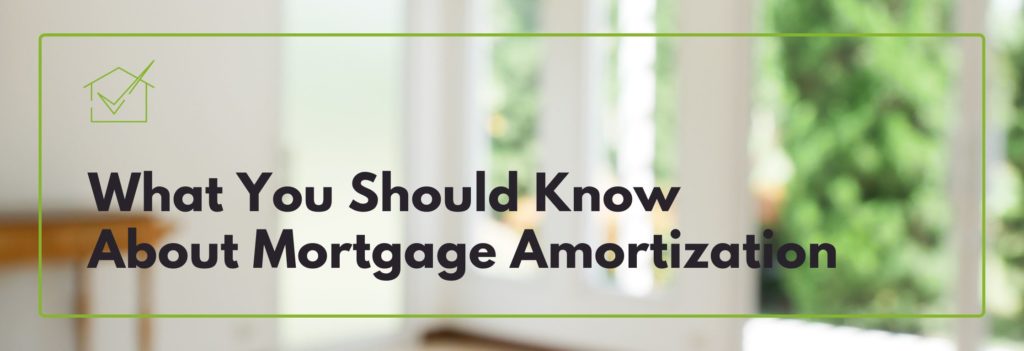
Some of the most common strategies for families and parents to assist children with down payment funds are means of gifted funds or co-signing. The Canadian banking system is very conservative in this process. All banks have to follow the Anti-Money Laundering process in Canada, so here are a few ways to allow significant funds to be transferred to families to purchase a home.
Gifted funds – This is the most common way parents help children in today’s market. Parents are not on the mortgage or the title but can assist with gifting funds to children. The process is for a gift letter to be signed by children and the parents confirming the number of funds that are gifted, and this letter comes with your mortgage approval from whatever bank is the best fit. Then, fifteen business days before the completion of the purchase, the funds must be deposited into the child’s account. Gifted funds from parents can come from savings, investments, home equity line of credit or reverse mortgage.
Parents have two options for accessing funds from home equity:
- The first option is to take a mortgage or home equity line of credit against your existing home, handled as a traditional mortgage process. Providing documentation for income, debts and assets, as well as home appraisal, is required for this process. A HELOC is tax-free, and the equity takeout would not be taxed.
- The second option is a Reverse Mortgage. The Reverse Mortgage is the fastest growing product in Canada for those 55 and up as the rates are better than current HELOC rates with the banks, and no stress test applies. Often to get a HELOC, pensions only allow for a low limit due to the stress test, and you would also have to make monthly payments with a mortgage or HELOC. With a Reverse Mortgage, you can access up to 55% of your home equity, and no fees are required until you move out of the home. There is no income, assets or debt confirmation for this process; they base the approval on age and equity in the house. A home appraisal is required.
Co-Signing – This process is in place most commonly when parents do not have funds to assist with a gift. Parents then can come on to the mortgage application and on the title to the new property. The primary purpose of this is to assist with a qualification in today’s interest rate market, as the stress test makes it very difficult for young families to qualify in today’s real estate market. As co-signers, parents are on the mortgage and the title, requiring the same information as the primary borrowers, such as income and debts. There is no set time that parents can be on the mortgage and title. Still, the most common is for the first term of the mortgage. Then children would ideally release the parents from the mortgage and title once rates have come down. After that, the mortgage balance is less, making it easier to qualify on their own.
The Primex team can help figure out what is best for you with having access to over 90 mortgage lenders, it is easy to find a product that is right for you and your family. We also help with coordinating on your behalf. Confidentiality is key and I can assure that your personal and financial information is never shared across family members. You can CLICK HERE to book a call with Trish to start the process.
604-552-6190
Trish & The Primex team




